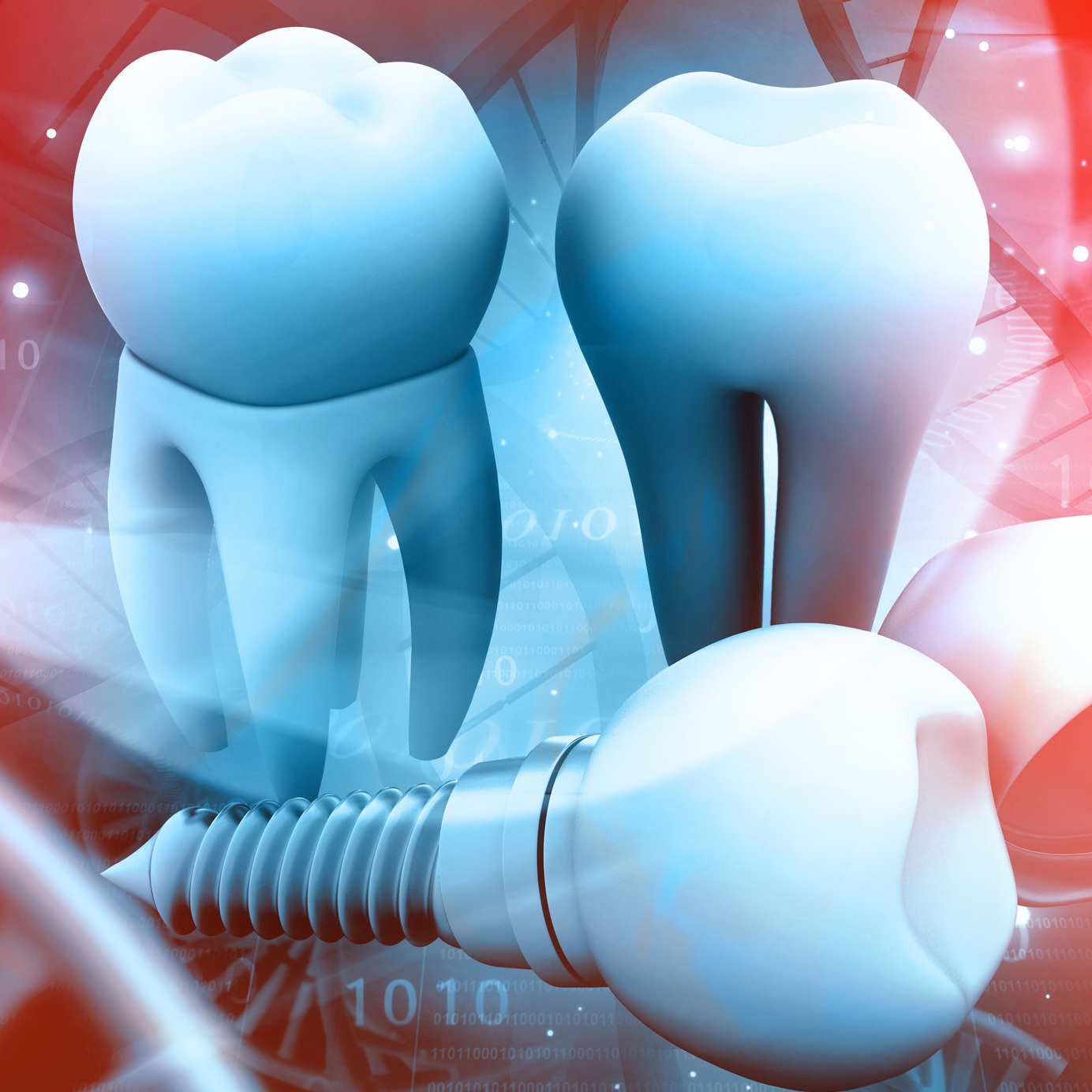We asked our hygienists, "what is your number one advice for patients?"
We asked our dental hygienists "what is the number tip you would give patients?" and this is what they said: Brushing Technique.
There are two aspects to effective brushing of your teeth: One is strength and the other is technique. What we see often is 'vigorous brushing' - applying too much strength which results in damage to the enamel wear and even causes tooth recession.
Harder/vigorous brushing isn't better; the key is to use a brushing technique that is effective and gentle at the same time.
Choose a soft toothbrush to minimize gum irritation. As far as the size of the toothbrush goes it is a matter of preference. If you have small teeth, a small toothbrush will cover your tooth and it sufficient. If you have larger teeth, the brush should ideally cover them as you brush.
The best way to brush is by using what we call the modified Bass technique: a circular motion, angled at the gum line with a gentle flick downward to remove plaque and food particles.
Of course we always preach flossing which removes food particles that, when left alone, will cause irritation and even infection. If you're not into flossing, using water-floss is best, between meals but especially before you go to bed. When you see the food particles that the floor floss dislodges, you'll be repeating this every day.
Remember, even the best brushing technique should not replace your cleaning visits at our office. There’s a lot more to ‘cleaning’ than what the word means - we don’t clean your teeth we get ensure that they continue to be healthy. If your gums are inflamed and you spot bleeding when you brush, change your technique and your brush (soft). If bleeding continues, come in for a cleaning as brushing and flossing alone can’t efficiently get under the gums and remove food particles and plaque.
